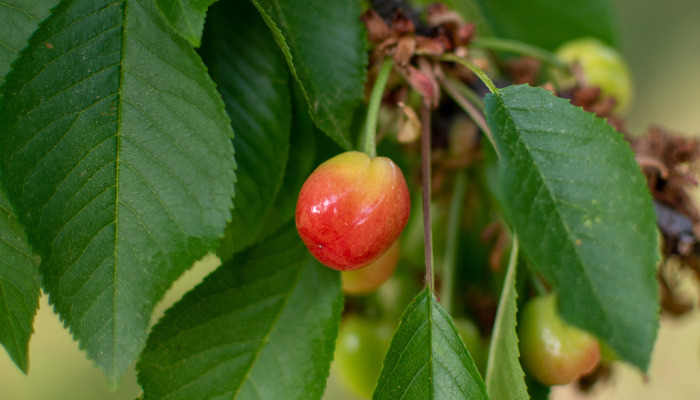As has been the trend in different parts of the world, the effects of extreme weather have affected various industries, with agriculture being one of those that suffered the impact most tangibly. The crops damage has meant in some cases the loss of fruits or quality, which limits and makes exports difficult.

Cataldo Lobascio, agricultural engineer and horticultural consultant with extensive experience in southern Italy, explained to us that the country has not been exempt from this global scenario and the analysis of the season has not been particularly good. This, added to the agronomic problems and the low consumption of cherries in times of low heat, has led to a drop in production of around 50 – 55%, something like 400,000 tons.
Despite this, and as on other occasions, the production was exported mainly to northern Europe, to countries such as Germany, Denmark, Poland, Switzerland and Austria.
But how does climate specifically affect cherry production? As the expert tells us, it is mainly due to the final production conditions. “Until flowering we had good weather, without frost and with normal rain and temperature data, conditions that were maintained until half of the fruit’s growth, because from this phase (5-8 mm in size) it began to rain every 3 – 4 days, which caused the cherry to crack, especially the first variety (only as the first variety we have around 8-10 cultivated varieties)”.
And it is not only the appearance of the fruit that is damaged, the way it tastes is not the same either. According to Cataldo, “the flavor wasn’t good either because without sunny days the sugar doesn’t enter the cherry, so its level was about 15° brix (normally, in other years, we have 17-18° brix on the first variety harvested)”, he added.
Opportunities to learn
Although it was a year of rather lower numbers than usual, not everything is bad from Cataldo’s perspective. “One aspect to highlight is the important work being done to identify new varieties, capable of adapting to different climatic conditions, and with new crops and protection systems against hail and ice”. Something that, of course, has emerged as a response to the new climate realities that are faced and that seem and, some experts predict, are far from over and are rather the new canon.










